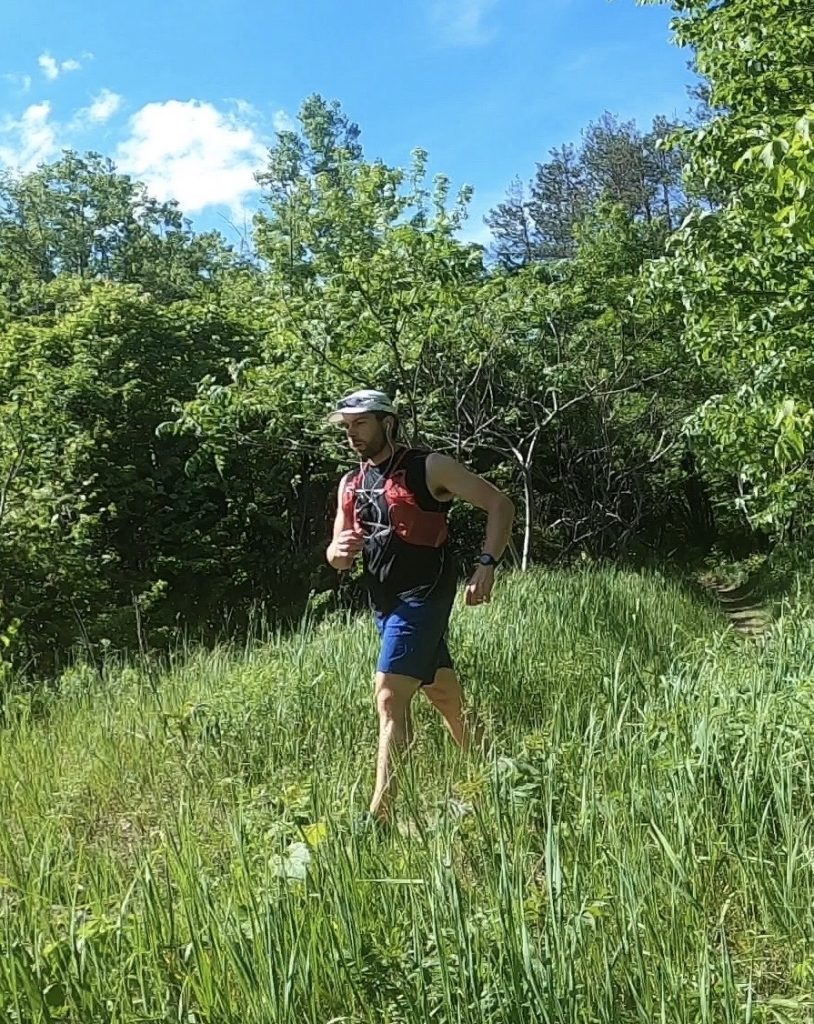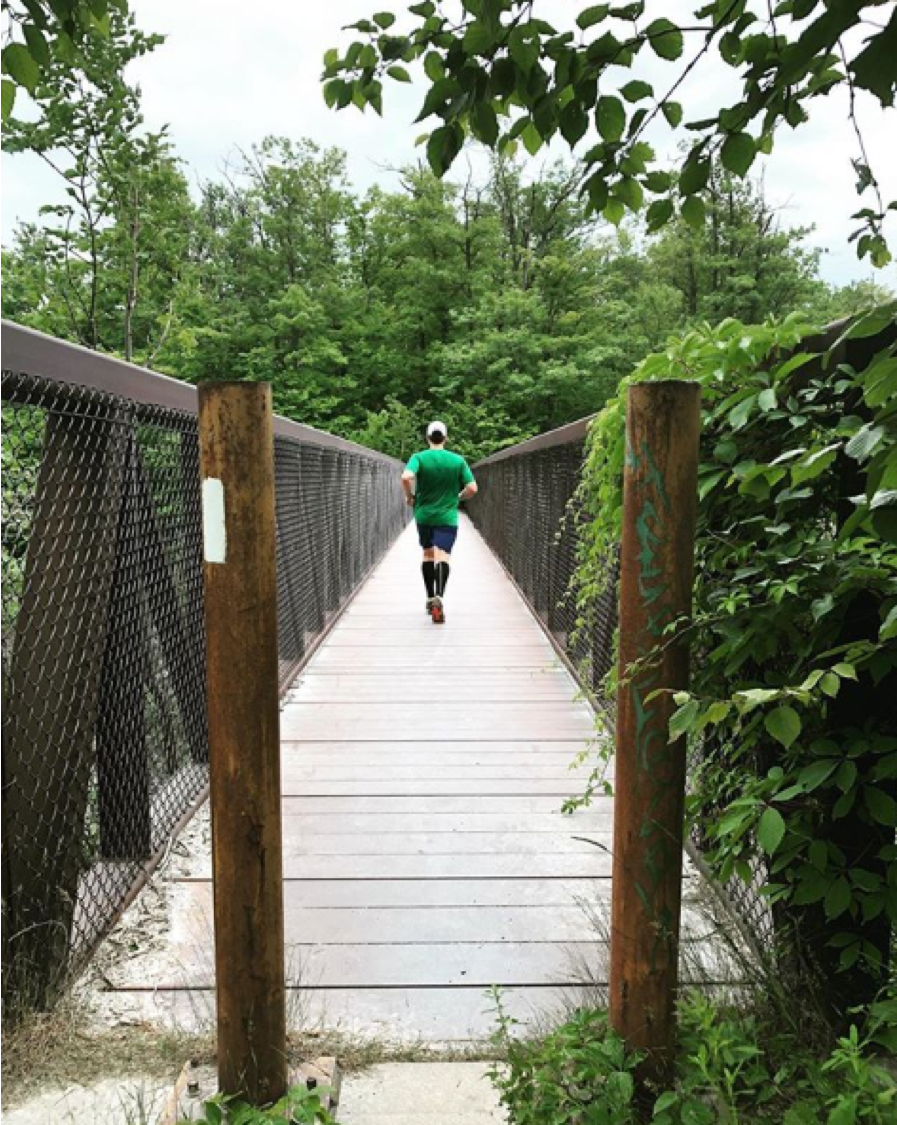“You don’t think I’m going to do any permanent damage to my knee?”, I ask my wife, Lindsay. Lindsay rolls her eyes at me. My wife is a Family Doctor and she is my go to for any sports medicine questions, even though she has limited training on the subject. This is the umpteenth time that I’ve asked her this question. Lindsay knows that I understand that I won’t do any permanent damage to my knee since I’ve decided to take some time off of running but I still need some reassurance. I decide to do some in depth research on whether running leads to permanent knee damage and discover some great material.
It’s been very helpful to learn more about the common knee injuries for runners. The most common is an overuse injury called Runner’s Knee or patellofemoral pain syndrome. Runner’s Knee occurs from irritation in the cartilage of your knee cap (patella). This usually happens with new runners or runners who have recently increased their mileage or started running more hills1.
IT Band Syndrome is another common knee injury caused by overuse. IT Band Syndrome gives you pain on the outside of your knee which is caused by shortening of the IT band. The IT band runs from the top of your hip all the way down to your knee1. I’ve had several bouts of IT band pain and have successfully treated it with foam rolling.
The knee strain that I have now is called quadricep tendonitis – pain in the tendon that attaches your quadricep to your knee cap. It’s not as common as Runner’s Knee and IT Band Syndrome but it often affects runners2.
While these injuries are painful and annoying, they won’t do any serious damage as long as you take the proper steps to address them. This usually involves taking some time off running, icing, stretching and adding some strength training. Strength training is particularly important. Knee pain can be a result of weakness in other areas of your leg, apart from the knee. It could be weak hips, glutes or ankles3. In my case, I’ve had a nagging glute strain for a few months and it’s contributed to my knee pain. I’ve made a plan to develop my glutes through weight training and calisthenics.
The meniscus injury scares me the most – the meniscus is a layer of knee cartilage which acts as the shock absorber between the hip and shin bones. I’ve never had a meniscus tear but I understand that it’s extremely painful. The meniscus can heal from small stresses and tears but large traumas can lead to permanent damage. Similar to other knee injuries, meniscal tears usually occur from overuse in older athletes4. My sense is that I would know if I had a meniscal tear and I would take the proper steps to address it. That being said, I know that I would be tempted to run through the pain since I love to run. It would require some serious willpower to hold back from running until my meniscus was better.
Osteoarthritis (OA) is a major area for concern in older athletes. OA is inflammation in the knees which eventually leads to breakdown of cartilage. While popular opinion was that running led to OA, recent evidence suggests that running actually helps decrease your chances of OA. There are many different factors that cause OA including a large genetic component. Runners that develop OA were most likely genetically predisposed to it and would have gotten the disease, regardless of their running3.
What’s the good news? If you listen to your body and take the proper precautions, you can run pain free into old age. Listening to your body means taking time off and adjusting your training based on strains and injuries. Taking the proper precautions overlaps with training. Strength training becomes extremely important for the aging runner since muscle mass decreases with age. Diagnosing weak spots like glutes, ankles or quads and then training them helps bolster your joints. Managing your weight is also very important – the more that you weigh, the more stress is placed on your joints. This gives runners extra incentive to maintain a healthy weight.
This is the third article that I’ve written on knee pain in three weeks and the writing has been cathartic. Despite knowing a lot about anatomy and running injuries, my mind still drifted to dark places about the possibility of doing permanent damage to my knees. Knowledge is power though and I’m feeling more at peace about my knee strain. I know that recovery is around the corner if I continue acting with patience and deliberate effort.
References:
2 – https://www.healthline.com/health/quadriceps-tendonitis#symptoms
3 – https://www.runnersworld.com/health-injuries/a32598733/is-running-bad-for-your-knees/
4 – https://www.runnersworld.com/advanced/a20823070/marathoning-and-the-meniscus/











